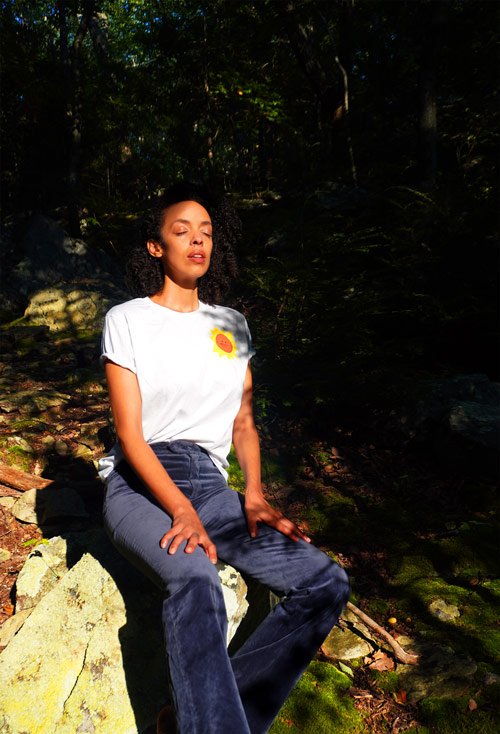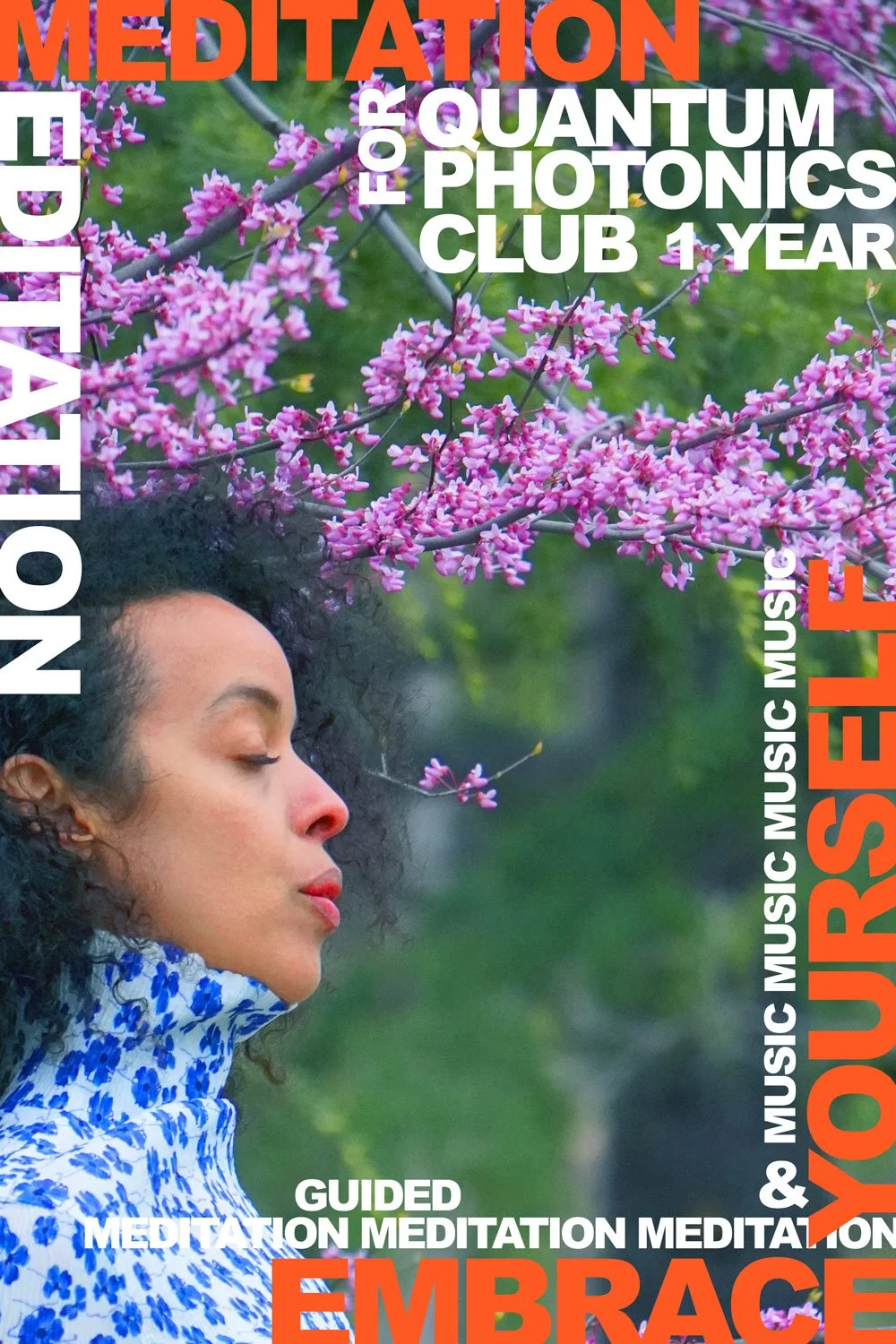Love Vibes – Toss the Dated Sense of “Romance” to The Curb
LOVE is something that we have innately within us. Despite this, we get confused about what it actually is.
There have been many attempts in our culture to define what “true love” feels like, how much our heart should palpitate, and how dizzy we should feel in a ROMANTIC encounter.
Our culture has been on Earth for a plenitude of years, had millions of relationship experiences, and procreated more times than we can count, and here we are, in the 21st century —
still inquiring and lusting for LOVE’s true sensation. — — —
We use the words “generate”, “generator” and “generation” interchangable with the words “create”, “creator” and “creation”
The Business
of Love is All
but Love
When we look back at the past 4000 years, we can see that relationships, partnerships, marriages, courtships, and dates actually never had anything to do with love.
The romantic partnership of two people has mostly revolved around business. A deal that varies on the climate and time; kings marrying queens to forge peace between two countries; traditions of kidnapping brides; men forming partnerships with women that would fulfill everybody’s dreams but their own; forging financial partnerships to acquire stability; moving in and out of class systems; leaders marrying for their country; partners staying together to raise kids, etc.
Historically, true love is something few people could afford, and even to this day, most of us aspire to obtain the clean version of this energy.
Romance
In this piece, we will study the frequency of the word “romance”, its clean definition, and look at how a small concept can culturally “stick” for longer episodes of time.
Nowadays, romance is seen as an essential part of courtship. The word stems from the word “romantic”, a genre coined for popular fictions back in medieval Europe. In those days, literature was mainly written in Latin by the “educated” for other “educated” people. If you wanted to tell a story that most of society could comprehend, the book had to be written in one of the roman languages, such as French, Italian, or Spanish. These romantic stories were at first only about knights and heroes. But by the mid-17th century, the genre had expanded to include love stories, and this is where we get most of our current definition of the word.
Who Determines
What Love Is
and What Love
Looks Like?
When we study how our culture perceives romance, we can also observe a storytelling energy that has been embedded since a long time ago. The pattern looks something like this:
There must be two main characters who commit to a romantic courtship of sort. Usually, we have an energy that represents a brash male frequency and a timid female one. (Note: Both energies can be generated in other versions; this is what this equation states.)
In this case, there must be at least one obstacle that the female frequency can’t handle alone.
The male energy must heroically then save the feminine energy. The pattern dictates that the feminine is not able to solve the situation and that the masculine must solve it on the feminine’s behalf.
According to this, a great love story must also include:
Tension — an opposition of sort that strongly campaigns against the two lovers coming together. This is usually embodied by another interfering awareness trying to resist the relationship’s existence in one way or another, such as an evil step mother, a king who kidnaps the bride, a war, a great financial divide, two different world views, and so on.
There must be volatility. If the storyline was balanced and stable—“They met laid-back, the dated laid-back, they loved each other laid-back, and they lived happily ever after extremely laid-back”—then the book would not sell. Therefore, authors would embed volatility, which is unsettled energy. This technique is the same as those used to emotionally evoke us by playing an unresolved chord in the background of a movie-scene; when the harmony then resolves, it makes us feel safe and secure, as if everything fell back into place again. (Of course, this depends on what the picture is showing as well.)
There is more to this that I am sure you can pick up on. We have experienced many variations of this one story via books, folklores, town criers, gossip magazines, social media, music, movies, and podcasts.
Most of us have an impeccable capacity to spot a “good” story — one that hooks, captures, sells the message, and rewards the listener for their time and close attention.
How Ideas
Scale and
Impact the
Cultural
Framework
In a previous post, I wrote briefly about how an idea can scale up into physical weight and, through that, become a larger, accepted concept that integrates itself into our culture's framework. This same phenomenon is happening with the two words “romantic” and “love”.
Each time we speak, act, or generate even the shortest relationship, we log into their backend and download the related concepts.
We also upload our personal ones via the same system. If enough people produce an energetic mass that tilts toward a particular version of these words, this concept then dominates the overall log file we use to understand how the equation should run and its functions.
A very simplified example: If 3 billion people independently decided that love was associated with the color green, it would then look like St. Patrick’s Day on February 14th, green instead of red. Every time a feminine frequency generates the scenario needing to be “saved”, and every time a male frequency generates “the saving”, another energy-coin is put into the slot machine, feeding more energy to the old romance story and keeping its heritage sustained. This means that each time anyone in our culture contributes the slightest energy to the old fictional storyline, the frequency reignites, and its concept re-dominates how we culturally perceive love-relationships.
Is There a
Clean Definition
of Romance?
Do the log files state the clean definition of “love”? No, and yes. A blurry lens has solidified in front of the clean equation. There are now huge amounts of distorted energy that impact and generate this dramatic version. Each time the fictional story gets replayed, the lens becomes thicker and blurrier, making it harder to find the clean equation behind it.
Is it bad to want to experience romance? Of course not…
…I personally would make sure to action the clean definition and be aware that we may not have coined a word yet in our culture equivalent of these sensations and experiences.
The original meaning of romance is “of the Roman style”, and what we are seeking — is an equation that aligns with the vibrational sensation we want to feel when flirting, seducing, being seduced, and being in love.
It is always sufficient to operate on sensation alone: the frequency of what we want to generate. We do not need to have a specific word in order to produce the equation itself, but at least we must have a subconscious understanding of how frequencies work and how they become generated.
How Do We
Change This?
But what happens when we want to kick all these traditions and custom romantic notions to the curve?
Does it change? For example, can we choose not to be saved and not to save others?
The first thing that must be done is to look at the equation we want to form. If this does not change (say we only altered small bits of the surface layer), it technically results in the same outcome.
Consider this: We have an amazing woman who does not need to be saved by anyone. A couple of days ago, this woman fell in love with somebody new. Yesterday, she unconsciously generated a situation at work where her boss had to “save” her. She is a strong person that simply made a mistake. At first glance, we may not think much of this scenario, but if we observe deeper, it may reveal itself that the actions are a subconscious activation of the old distorted romance pattern, just broken up into smaller segments:
She met someone new romantically.
She generated a scenario.
She was unable to handle the situation by herself.
Someone had to come in and make everything all right again (“save her”).
We must be alert of cultural distortions; they are not us, nor ours.
When we manage to separate this, we must make sure to operate the clean definition that lays behind. When we do it in this manner, a vibrant love relationship can actually allow itself to emerge.
Love is All
About One
Person
We also must observe that the old pattern of romance dictates that we can never experience love on our own. This equation states there must be “two main characters who encounter a struggle of sort”, and this situation “makes or breaks their love”. This calculation opposes the laws and framework that energy favors:
We can never tell a water molecule to not love being itself.
We can never tell a tree to only love itself when surrounded by other trees.
We can never tell a potato that it must find another potato in order to feel harmonious within.
We can never tell a wolf that it must stir up drama in order to be saved by other wolfs, so that it can be classified as a wolf worth loving.
No object, being, or animal on this planet waits for anyone else to green light their self-love capacity. It would be silly for a wolf to ponder about a potato’s validation, and it would be silly for a human to only love themselves if validated by another person. Others’ validations do not define who we truly are. When we wait in this way, we lose energy and momentum.
Love is not something that we need to be two in order to feel. Love is not something that we need anyone else outside of ourselves to feel. Love is also not something that is given to us, dropped into our lap, exchanged, bought, or bartered.
Love is an energy that you generate; it is something that you can hold inside yourself 24/7 whether you know it consciously or not.
It’s as natural to us as every breath we inhale. You do not need to ask anyone else for permission to generate anything that you require in your life, as long as the frequency aligns with the reality you live in and does not oppress anyone else.
The more we run the clean definition of love, the more we can generate relationships with others where they can love us in a complimentary frequency to what we already emit.
Like attracts like.
“ It is always sufficient to operate on sensation alone: the frequency of what we want to generate. We do not need to have a specific word in order to produce the equation itself, but at least we must have a subconscious understanding of how frequencies work and how they become generated.”
- Kissey Asplund
words and artwork by Kissey Asplund
© Generation Watts — all rights reserved.
Read our terms & conditions
Kissey Asplund is a creative consultant specializing in the process of generation & creative subatomic energy. She is the founder of the creative wellness hub Generation Watts, and has gained international recognition as a music producer, multi-disciplinary artist and DJ. Her journey of researching how to use meditation to enhance creativity began at 17. Today, she teaches others how to connect to their inner superpower and hone their creative-mastery. Learn more about her virtual creative consulting service: The Equation Sessions™


















